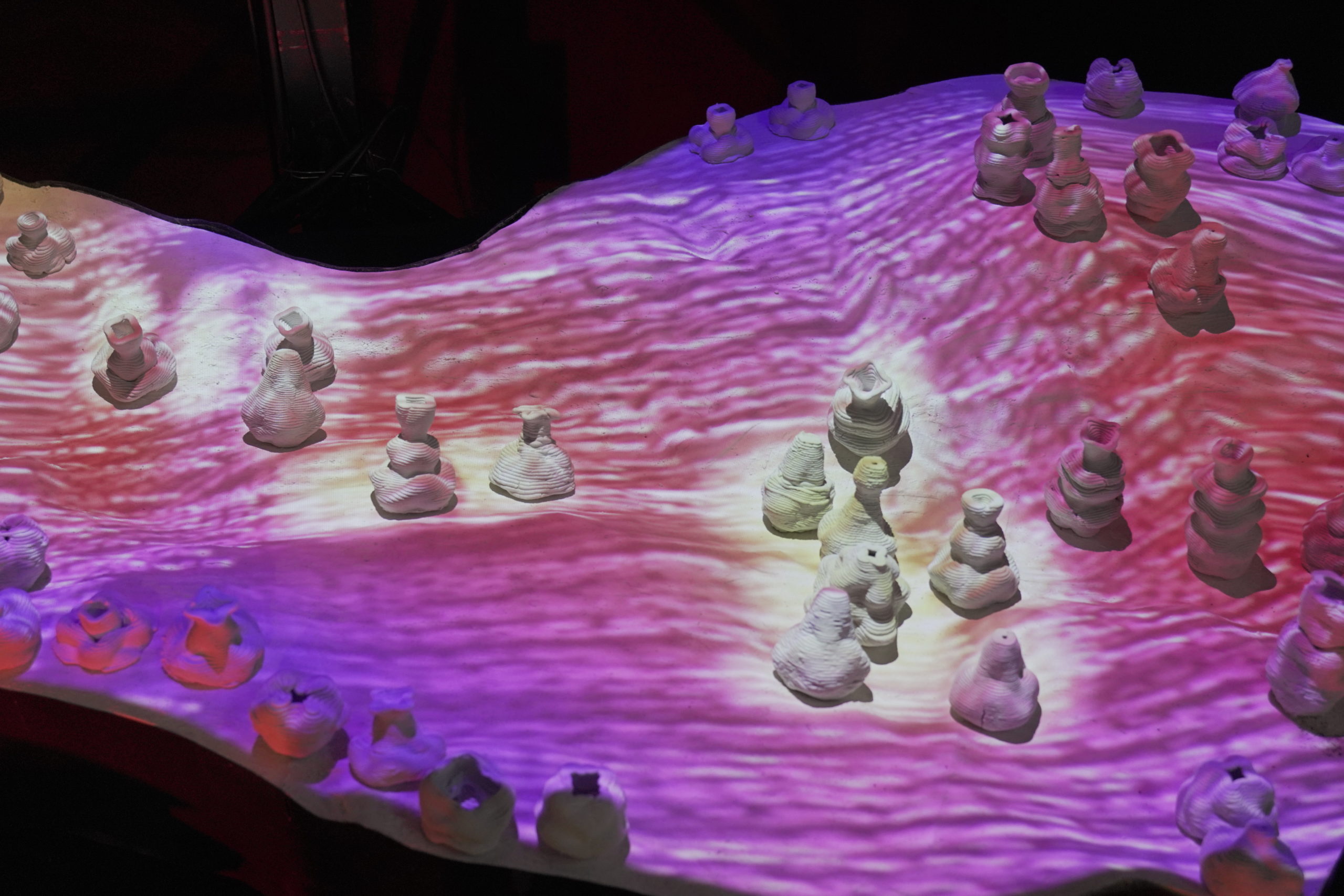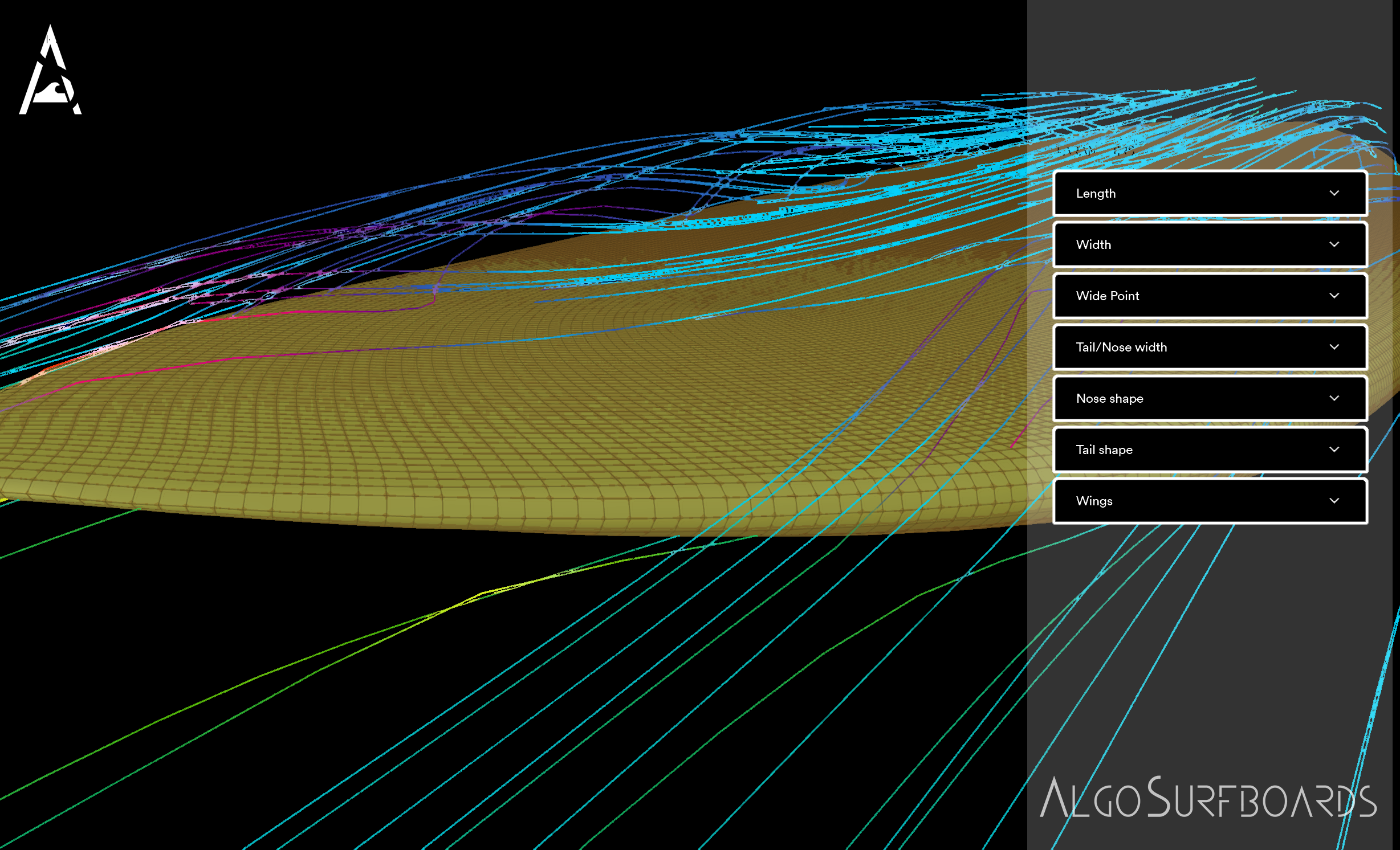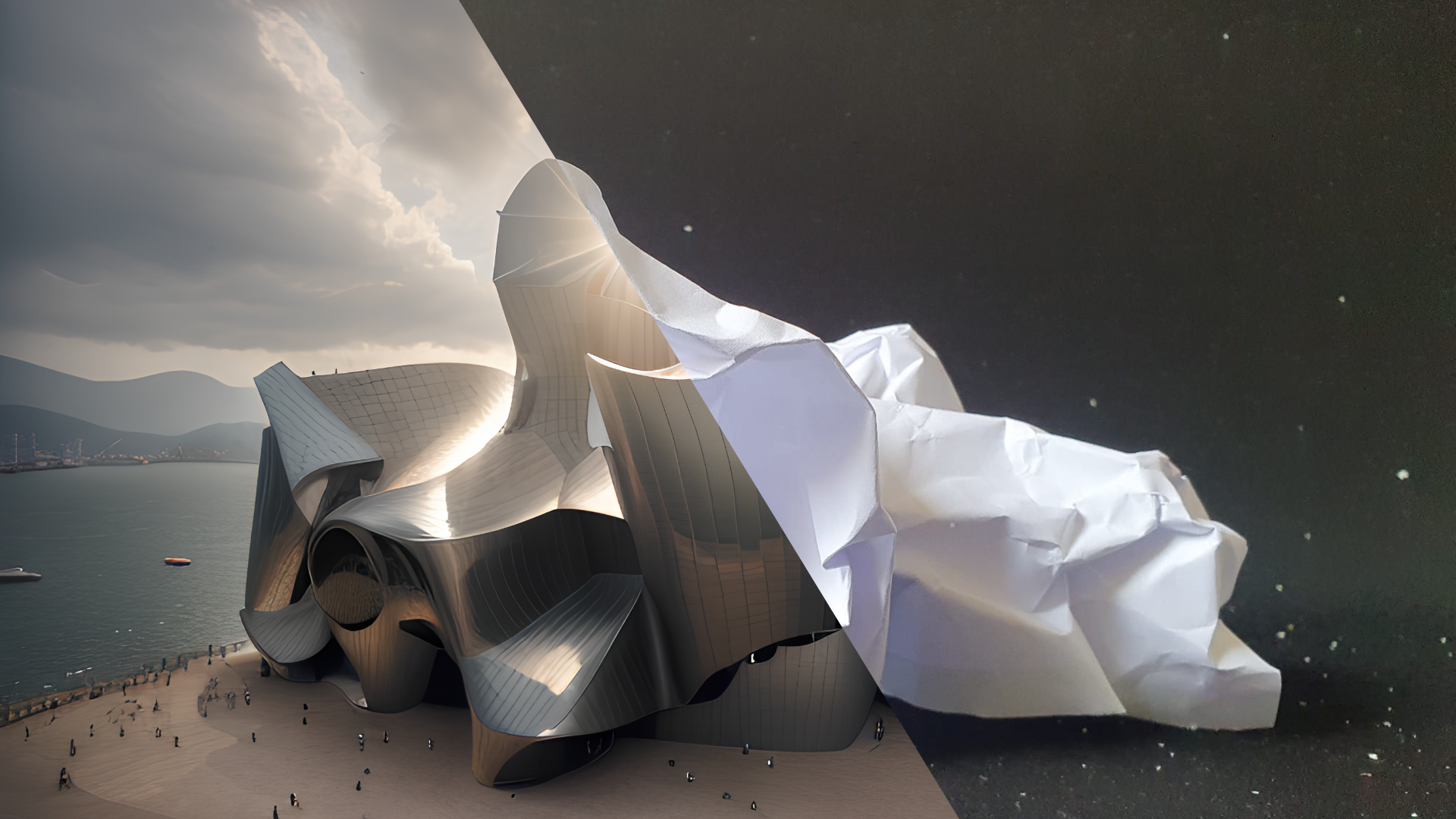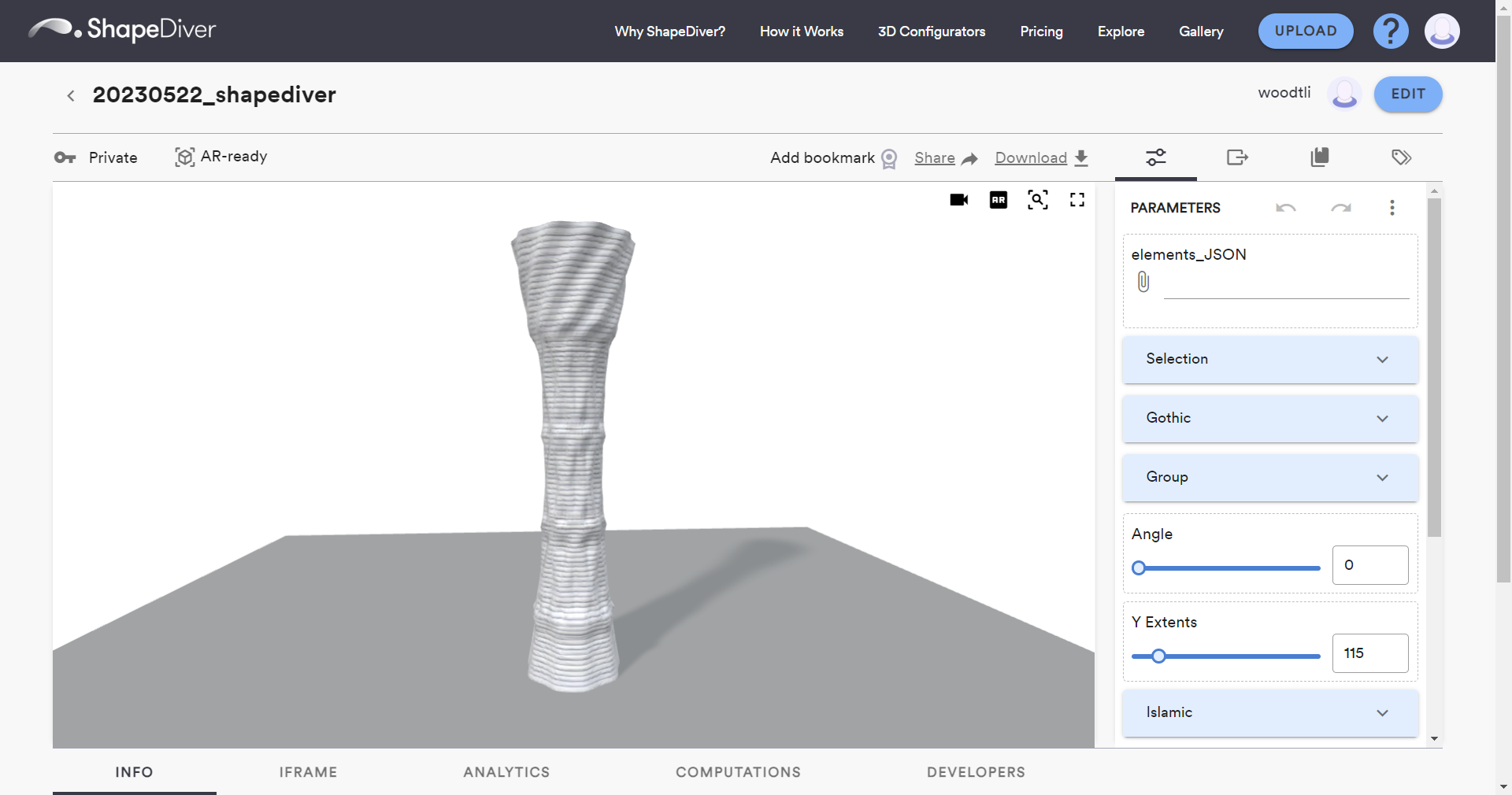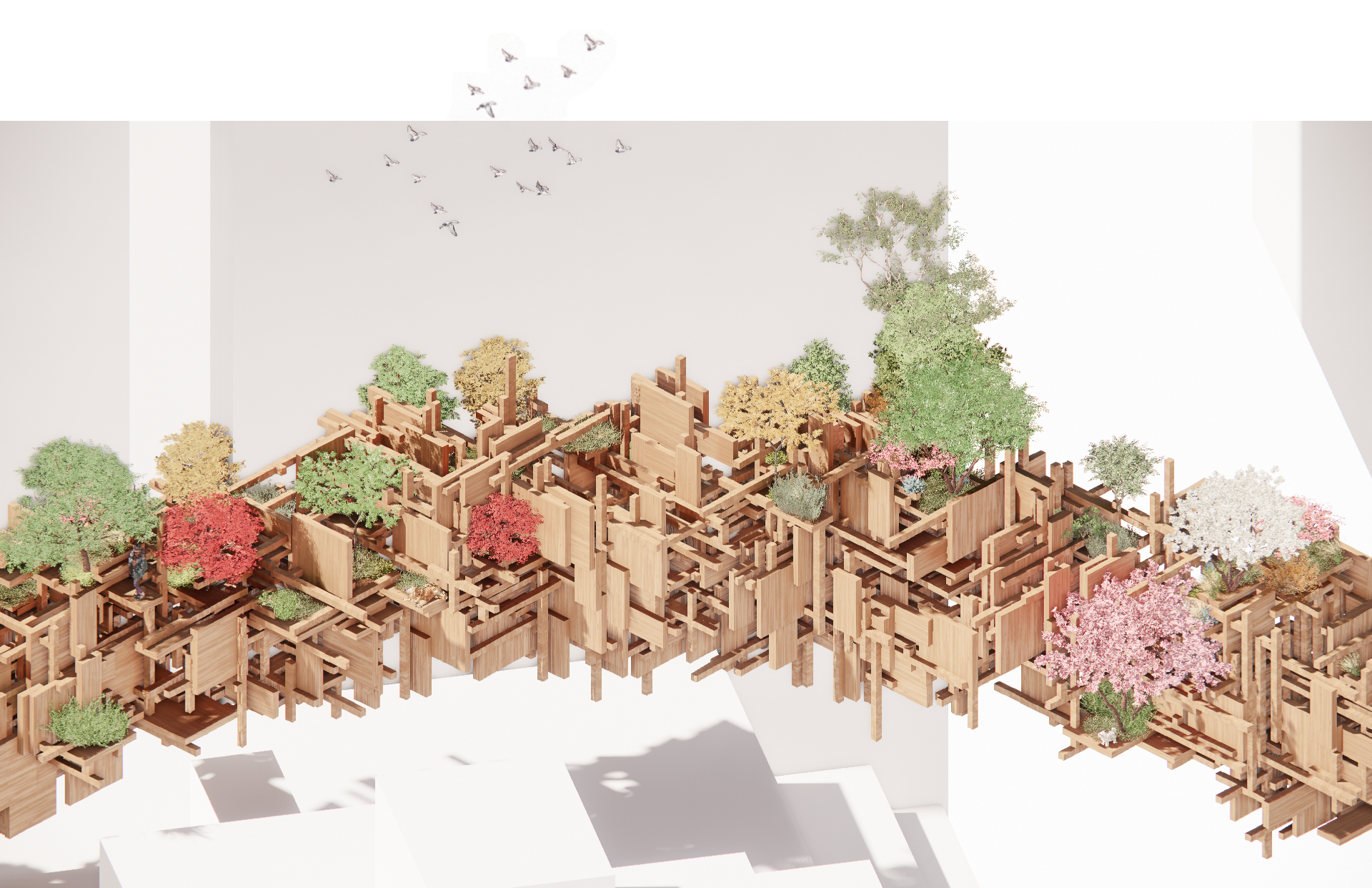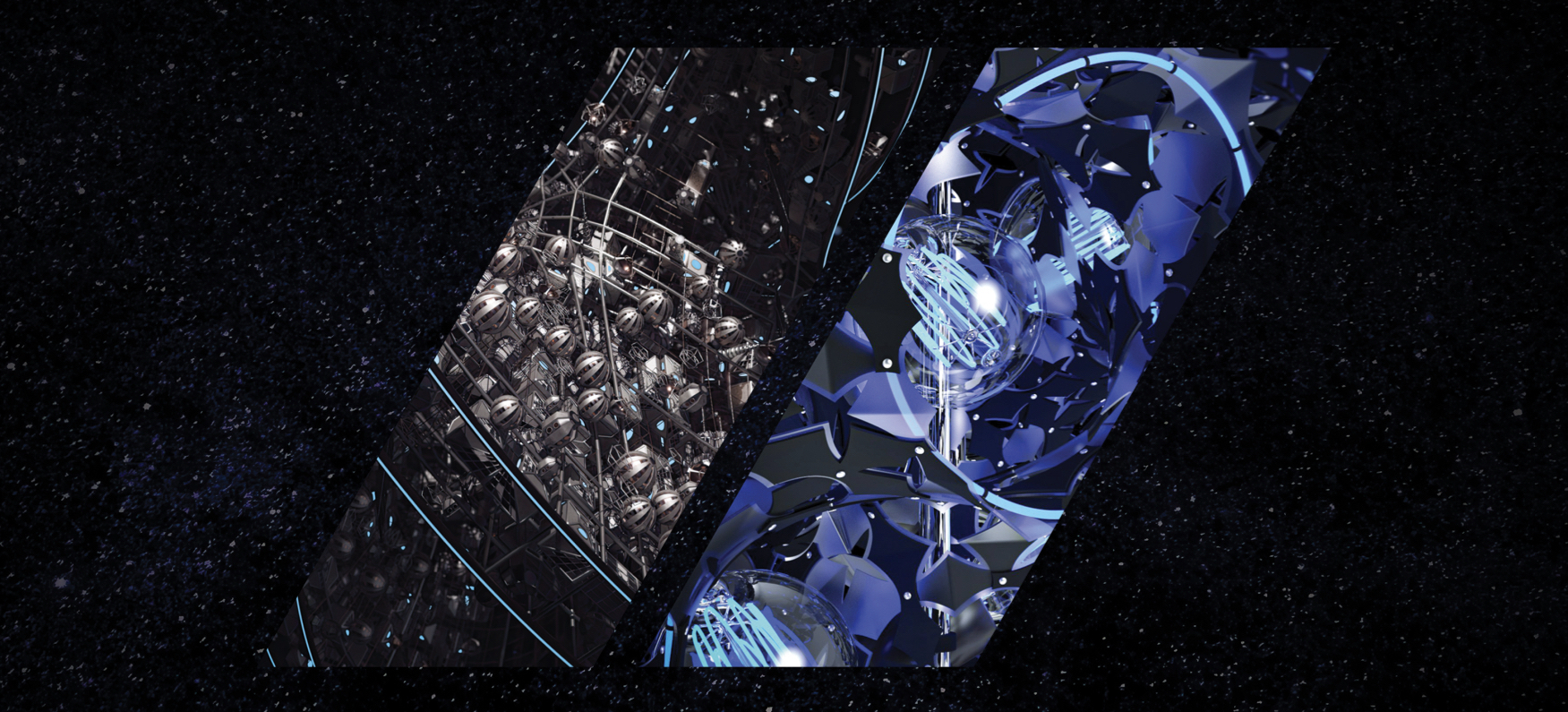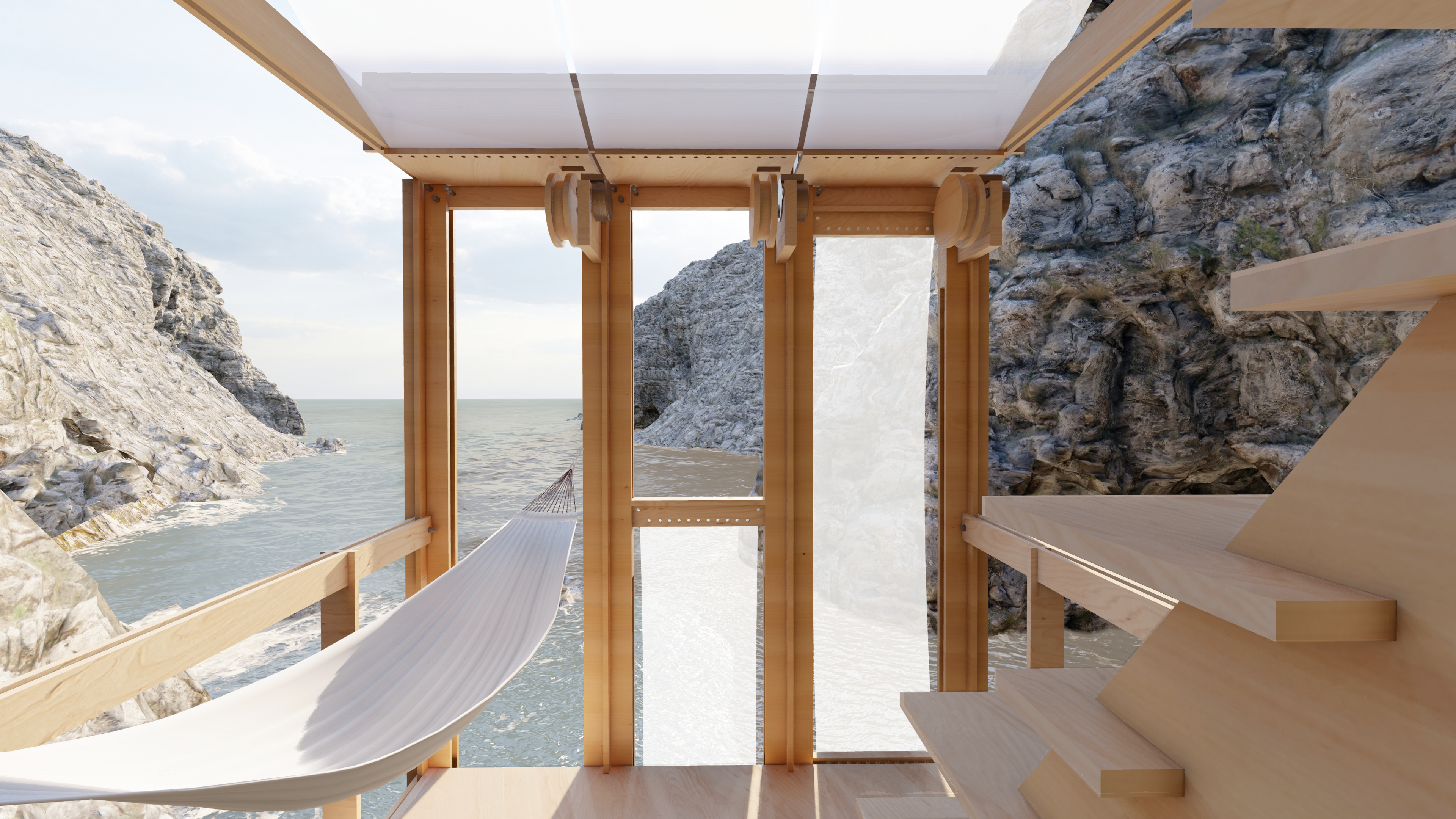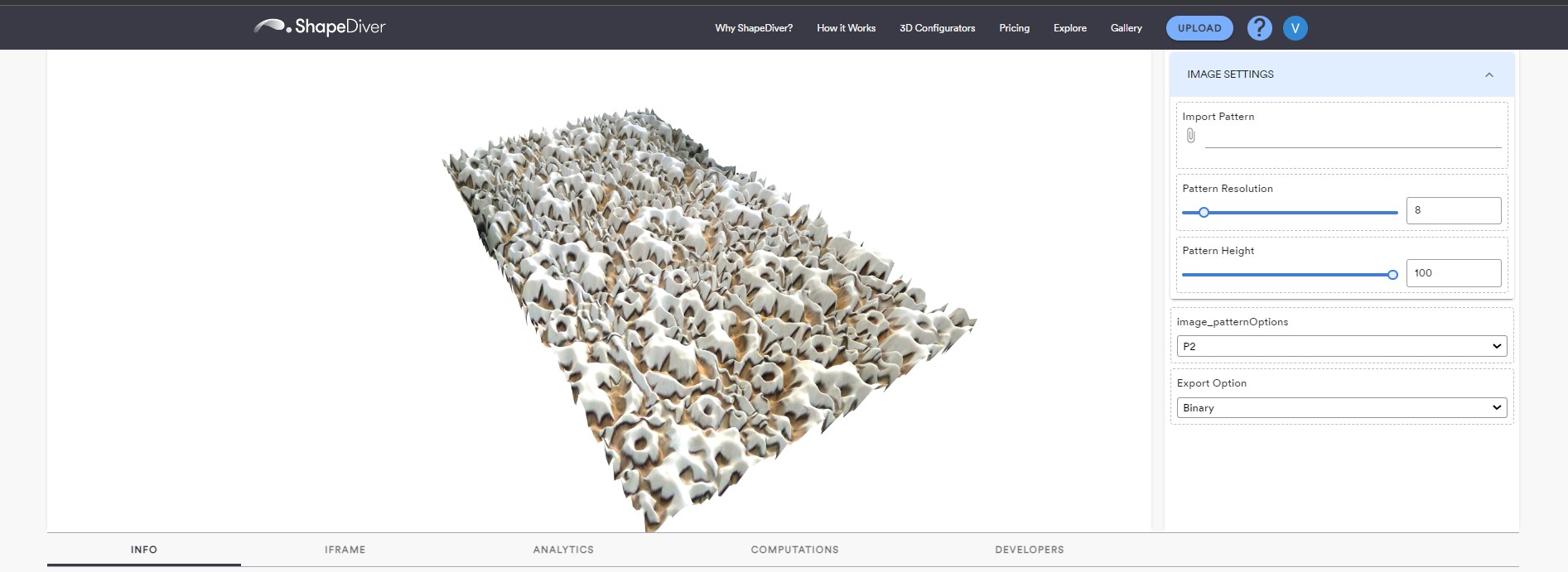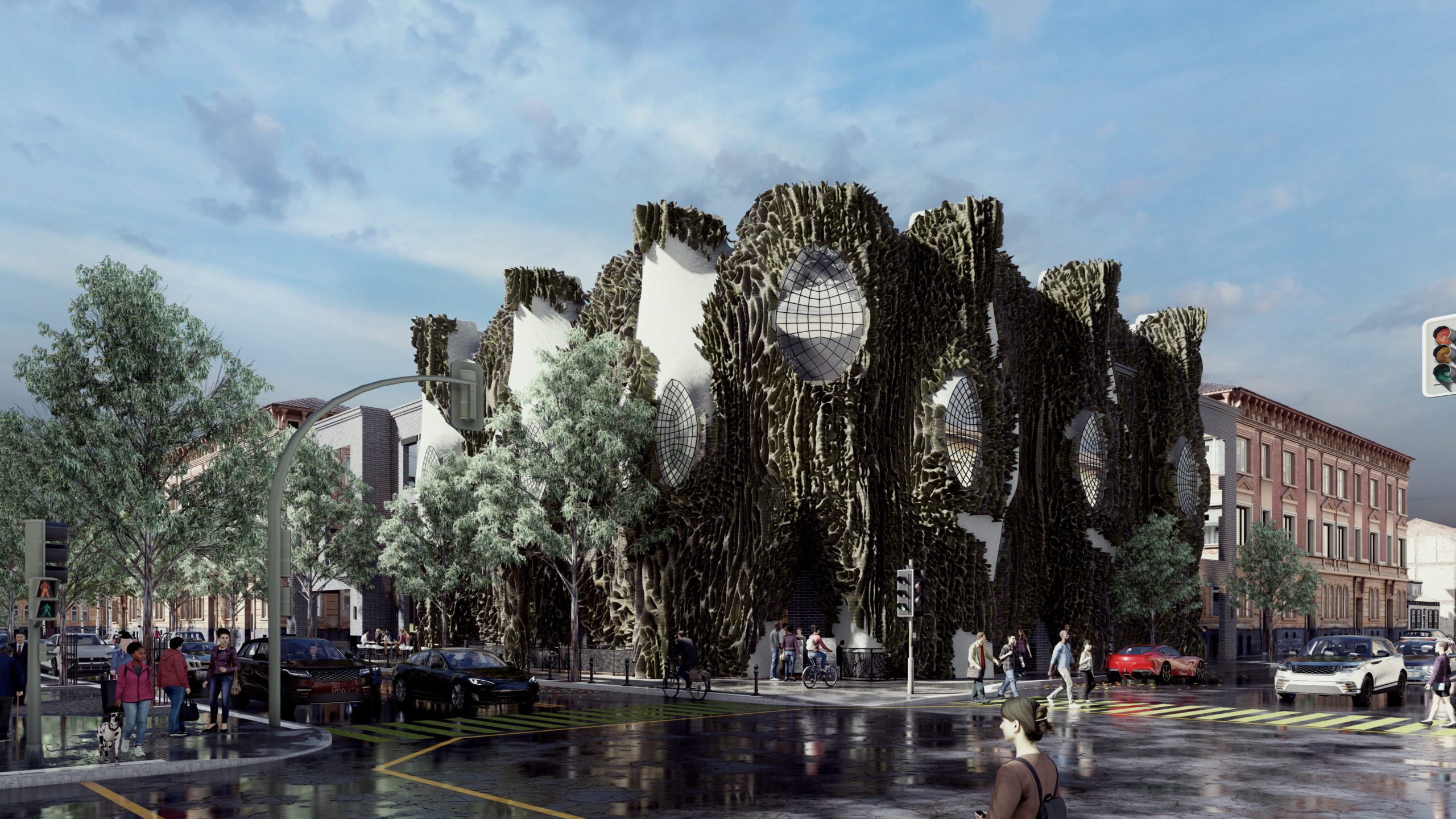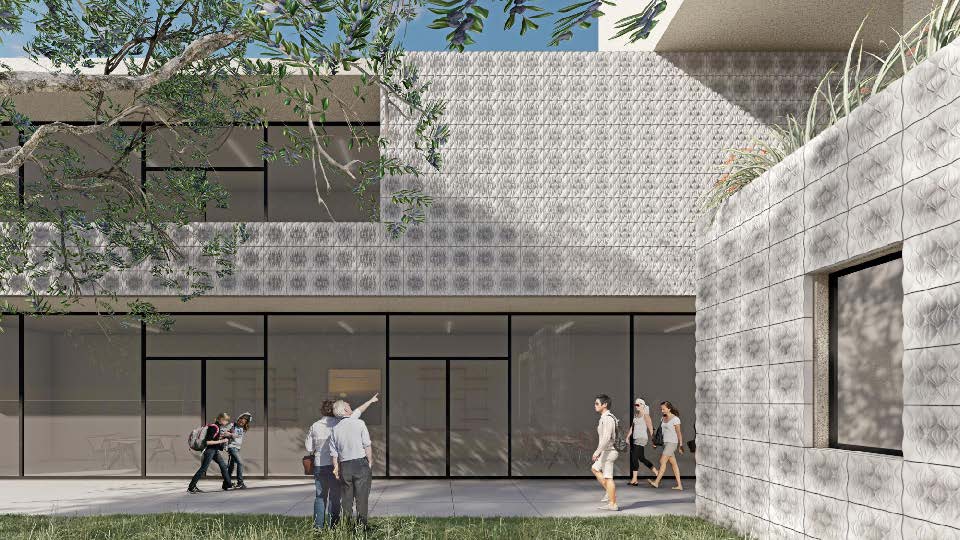Beyond Corals
The world’s coral reefs face significant threats due to rising ocean temperatures. They play a critical role in supporting biodiversity, providing habitats for marine species, and acting as natural barriers against storms and erosion. However, coral bleaching caused by the rising ocean temperatures are causing substantial risks to their survival. Efforts to address these challenges … Read more

